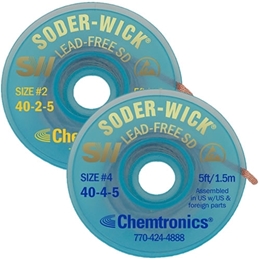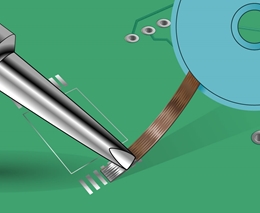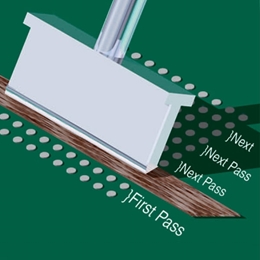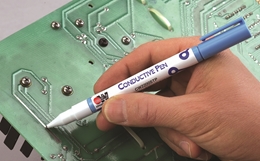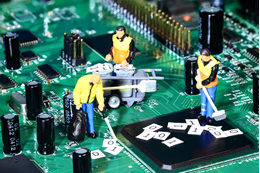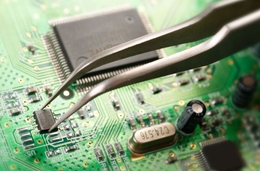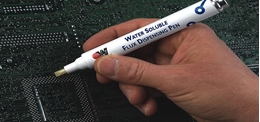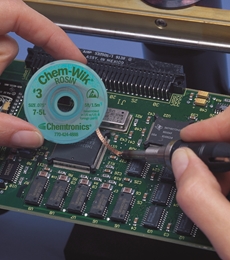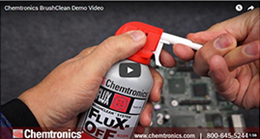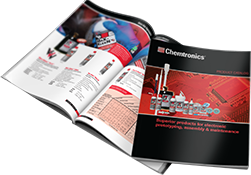PCB 수리 및 시제품화
켐트로닉스는 전자 회로 기판과 PCB 수리 제품을 제조하는 선도적인 제조업체입니다. 가장 많이 팔리는 브랜드로는 CircuitWorks 작업대 수리 및 PCB 시제품화 툴, Soder-Wick 디소더 브레이드, Chem-Wik 디소더 브레이드가 있습니다. 이 제품들은 회로 기판 수리와 PCB 수리가 더 효과적이고 효율적이도록 설계되었습니다.
디소더 브레이드
모든 요구사항에 부합하는 업계에서 탑 브랜드의 켐트로닉스 디소더 브레이드가 있습니다.세계에서 선도적인 브랜드인 디소더 브레이드 Soder-Wick는 업계에서 가장 빠르고 안전하게 세척할 수 있는 제품입니다. 네트워크/수리 시간을 상당히 줄이고, 기판의 열 손상을 최소화합니다. 구조적으로 정밀한 위브 설계를 통해 최대 모세관 작용과 땜납 용량이 가능합니다. Soder-Wick 및 Chem-Wik 디소더 브레이드는 브레이드를 통해 땜납 이음부로의 열 전달을 최적화하여 다른 경쟁 브랜드보다 빠른 위킹 작용을 합니다. 최소한의 플럭스 잔여물이 기판에 남기 때문에 기판 세척 속도를 높이거나 완전히 제거할 수 있습니다.
CircuitWorks PCB 수리 및 시제품 툴
편리하게 포장된 정밀 디스펜싱 재작업 및 수리 제품은 더 빠르고 쉽고 정확한 회로 기판 수리와 시제품화를 가능하게 합니다. 독특한 전달 시스템으로 포장되는 고급 화학 재료는 뛰어난 성능과 정확도를 보장합니다. 전체 제품 범위는 회로 기판과 구성품 수리, 보호, 윤활, 결합 및 전기 전도성 복구, 전자제품 재작업 및 시제품화에 대한 모든 기술자의 요구사항에 부합합니다.










